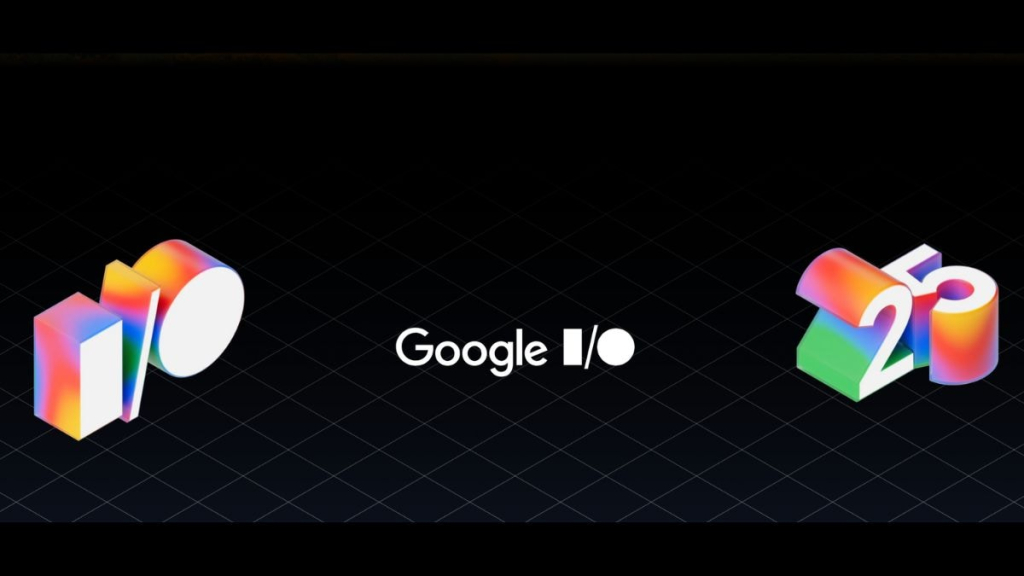Google has officially announced that its annual developer conference, Google I/O 2025, will take place on May 20 and 21. The event is set to occur at the Shoreline Amphitheater in Mountain View, California. Registration for attendees is now open, with options to participate both in-person and virtually through live streaming. Historically, the conference features a range of hardware and software announcements, hands-on demonstrations, technical sessions, workshops, and ample networking opportunities. This year’s agenda is expected to include updates on Android 16 and the Gemini AI platform.
Google I/O 2025: What to Expect
A blog post released by Google confirms the two-day event, which will be held on Tuesday, May 20, and Wednesday, May 21. The company has launched a microsite dedicated to the conference, offering attendees information about the event, a countdown timer, and a direct link for registration.
Traditionally, the conference kicks off with an opening keynote by Alphabet’s CEO Sundar Pichai, who outlines significant product and software releases scheduled for the year. This keynote is expected to begin at 10 a.m. PT (11:30 p.m. IST).
During the keynote, Pichai is anticipated to discuss new features introduced in Android 16. Additionally, the upcoming Gemini 2.0 AI model is likely to be showcased, building on the previous introduction of the Gemini 1.5 Pro model, which featured an impressive context window of two million tokens.
The microsite also indicates that Google AI Studio, open-source Gemma models, and NotebookLM may receive updates during the event. Further specifics about these upgrades have yet to be disclosed.
In recent developments, Google has rolled out the Android 16 Beta 1 update to compatible Pixel devices. This update includes a new Live Updates feature, displaying the status of various ongoing activities, such as food deliveries or navigation via Google Maps, drawing comparisons to Apple’s Live Activities.
Additionally, Android 16 introduces a predictive back animation for the back button used in three-button navigation mode, which was previously only available with gesture-based navigation through a swipe-back-and-hold action.






